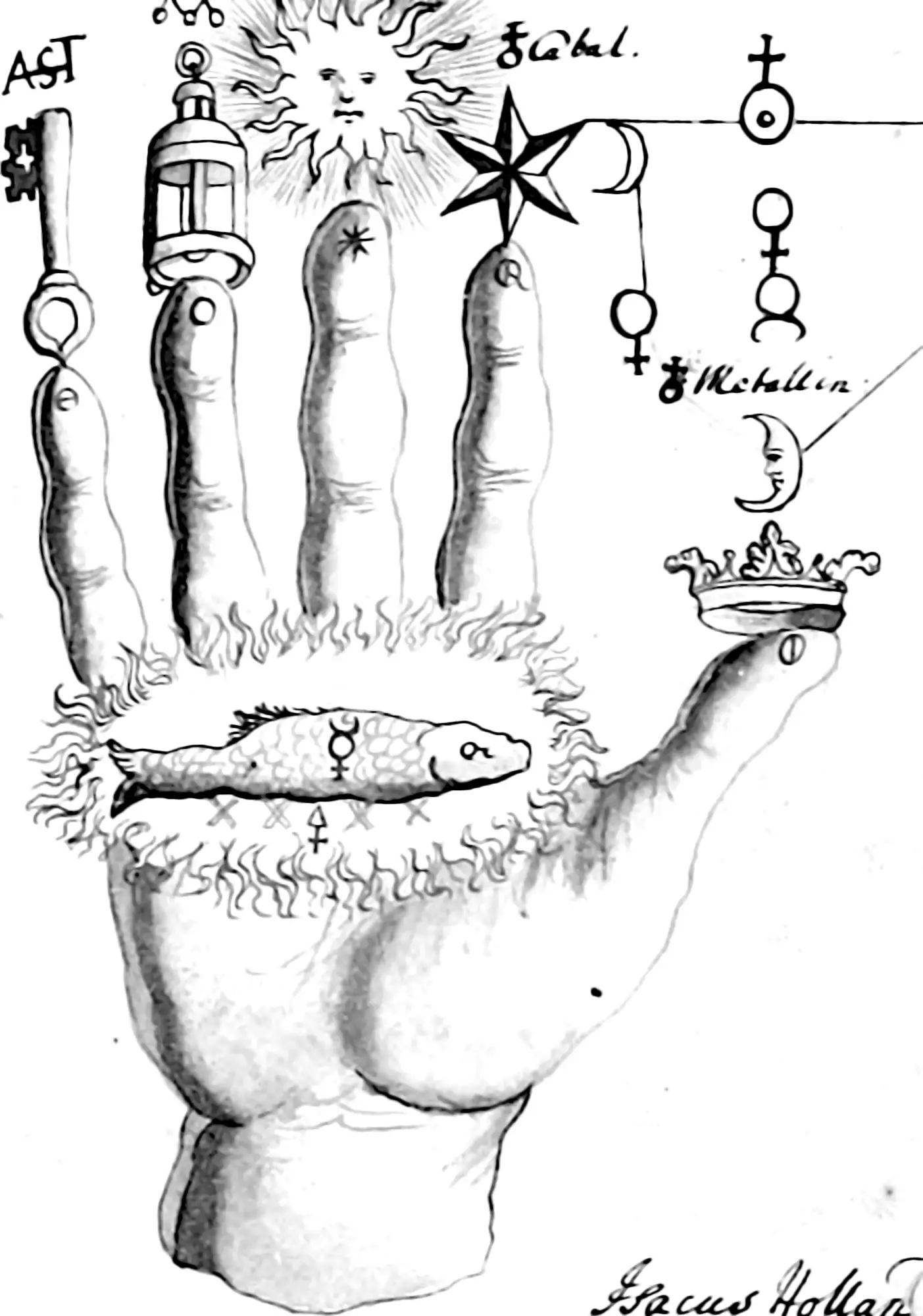Special LaTeX symbols
2020-02-11 — 2023-01-04
Wherein the handling of special LaTeX symbols is treated, and methods for inserting emoji via Unicode fonts or packages and the 18,150‑entry Comprehensive LaTeX Symbol List are described.
Hunting particular characters/dingbats/emoji/etc for latex?
90% of code questions on this theme can be answered by the full-length Not so short introduction to LaTeX.
There is an offline package, The Comprehensive LaTeX Symbol List which might be handy for people writing LaTeX on the go (Pakin 2021).
This document lists 18,150 symbols and the corresponding LaTeX commands that produce them.
Notionally, one can compile it using the command
However, AFAICT it has exceptionally heavy dependencies and requires a more-than-comprehensive LaTeX install, and thus does not work for me. This is not enough:
Instead, I download the PDF from CTAN.
Sometimes we need to use special fonts and character encodings to get the desired effect. Life is much easier in Unicode for new projects (but beware of wacky problems with legacy projects). One of the great things about Unicode maths is that some of the special symbols problems go away, because if you can find a special symbol in the Unicode symbol list, or whatever they call it, you can use it in your document. The process to do that in class LaTeX is much more onerous — It would probably be better to import a single glyph via pifont or yagusylo.
0.1 Emoji
There are several ways to insert emoji into LaTeX.
Elegant, LuaLaTeX and XeTeX have native monochrome emoji via standard Unicode fonts. The DejaVu one is fine.
Want colour? The dirty-yet-shiny hack to include colour emoji as images works. This needs a Mac computer lying around to raid for the images, as a one-off. One could probably also try the joypixels emoji, although their licence prohibits free commercial use, so be careful with where they are deployed.
Or, use a public font, such as Google Noto to display native colour emoji via the emoji package which uses Google’s Noto font. (requires LuaLaTeX). Overleaf’s explanation is good.
0.2 Tilde and backslash
How can I write these special TeX characters? Two answers
Classic, text mode.
Classic, math mode. Backslash and setminus are potentially different.
XeTeX/LuaTeX:
1 Mathematical symbols
See LaTeX Mathematics.
